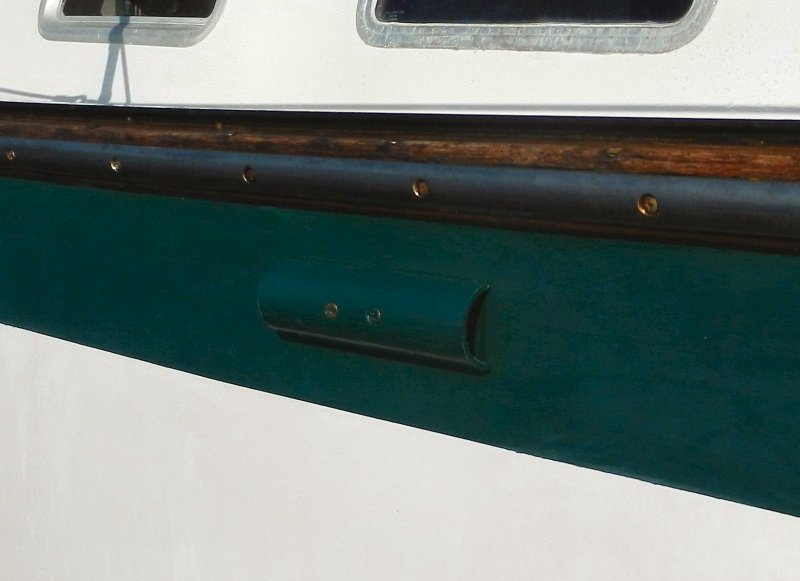FLOW-THRU HOLDING TANK VENTILATION
©
2014 Tor Pinney - All Rights Reserved
No more holding tank odor!
There are two types of
bacteria that break down the sewage in your boat's holding tank;
aerobic bacteria, which are odorless and need oxygen to survive,
and anaerobic bacteria, which produce foul-smelling gasses and
thrive in an airless environment. As long as there is a
sufficient supply of fresh air to the tank and an aerobic
bacteria treatment is added to assist the natural process, the
aerobic organisms will thrive, overpowering the anaerobic and
keeping the system odor free. However, without a supply of fresh
air to dilute and dispel the natural gasses formed inside a
holding tank, the aerobic bacteria suffocate and the anaerobic
bacteria flourish, often resulting in a foul-smelling boat.
Clearly, then, it is
desirable to ventilate a holding tank. Unfortunately, most
installations utilize a single vent hose, which doesn't do the
job. The air needs to circulate, which requires two hoses of at
least 3/4" inside diameter venting from the top of the tank, one
to bring air in, the other to let it out. Additionally,
something needs to move the air through the system. A low-draw
12V fan box could be employed for this purpose in either of the
two hose runs, but for a cruising boat that normally lies to an
anchor or mooring and, so, faces the wind, here's a simple,
self-tending vent cover you can make that moves air through the
holding tank naturally.
First, run both vent hoses as
directly and with the fewest, shallowest bends possible to a
pair of barbed mushroom head thru-hull fittings in the boat's
cove stripe, their centers spaced horizontally 5" inches apart.
Then cut a 7" length of heavy-gauge 2" O.D. PVC pipe,
lengthwise. Temporarily dam the middle 2½" with masking tape and
fill that section flush with thickened, poured epoxy.
(Alternatively, you can glue in a fitted, 2½" half-round of
wood. The point is to fill the middle section of the half-pipe).
Now, pre-drill two 3/16", centered mounting holes 1-½" apart
horizontally, through the PVC and partition, paint the outside
of the fitting to match the cove stripe, drill through the hull
to receive two 3/16" thru-bolts, and mount the finished piece
over the vent holes.

Wind moving from bow to stern
along the hull will blow into the forward end of the blocked
half-pipe cover and be forced into that hose. Simultaneously,
the passing breeze creates a vacuum at the back of the fitting,
drawing air out of the aft hose. A natural flow of fresh air is
thereby generated through the hoses, which keeps the holding
tank ventilated and, thanks to the oxygenated aerobic bacteria,
odor-free.
~
End ~
Back to Cruising Tips